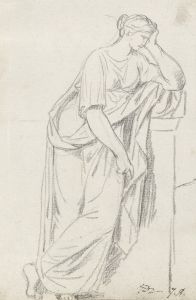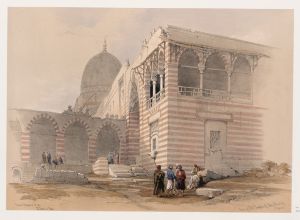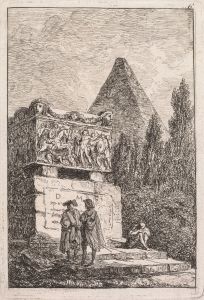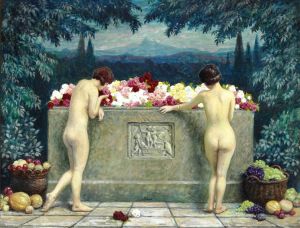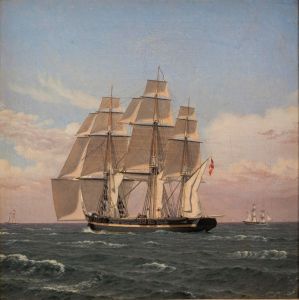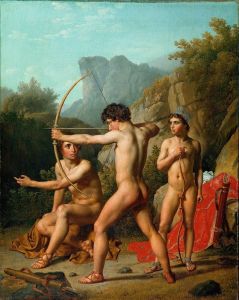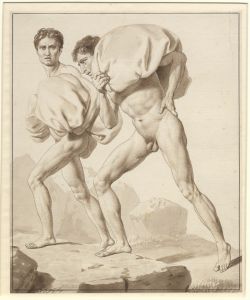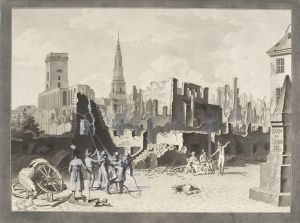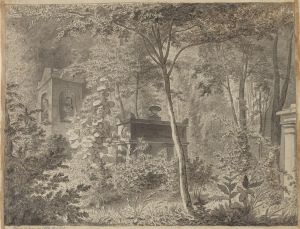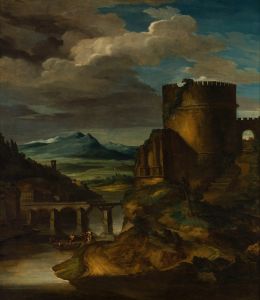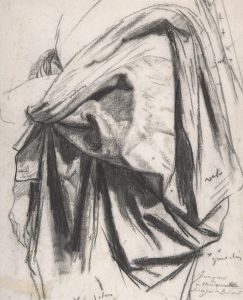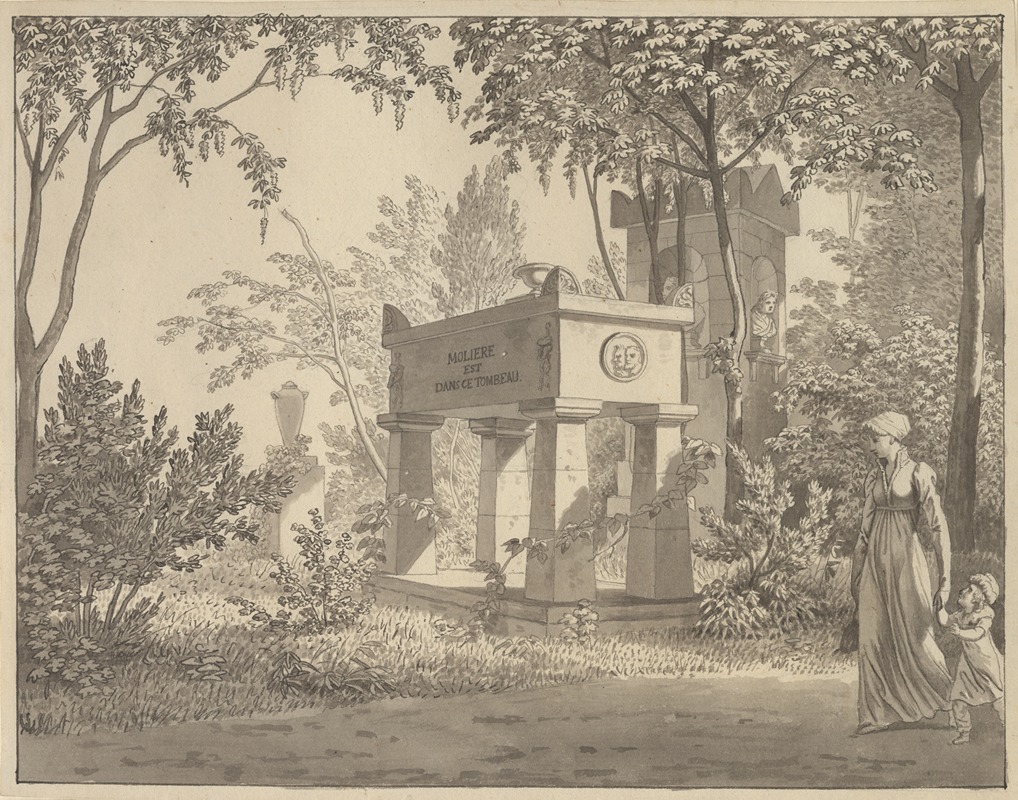
Molières sarkofag i Jardin Elysée
A hand-painted replica of Christoffer Wilhelm Eckersberg’s masterpiece Molières sarkofag i Jardin Elysée, meticulously crafted by professional artists to capture the true essence of the original. Each piece is created with museum-quality canvas and rare mineral pigments, carefully painted by experienced artists with delicate brushstrokes and rich, layered colors to perfectly recreate the texture of the original artwork. Unlike machine-printed reproductions, this hand-painted version brings the painting to life, infused with the artist’s emotions and skill in every stroke. Whether for personal collection or home decoration, it instantly elevates the artistic atmosphere of any space.
Christoffer Wilhelm Eckersberg, often referred to as the "father of Danish painting," was a prominent figure in the Danish Golden Age of painting. Born in 1783 in Blåkrog, Denmark, Eckersberg played a crucial role in shaping the art scene in Denmark and influenced many artists of his time and beyond. His works are known for their clarity, attention to detail, and the ability to capture the essence of his subjects, whether they be landscapes, portraits, or historical scenes.
One of Eckersberg's notable works is "Molières sarkofag i Jardin Elysée," which translates to "Molière's Sarcophagus in the Elysian Garden." This painting reflects Eckersberg's interest in historical and cultural themes, a common subject matter during the 19th century when artists often drew inspiration from history, literature, and classical antiquity. The painting depicts the sarcophagus of the famous French playwright Molière, known for his significant contributions to French theatre and literature in the 17th century.
Molière, whose real name was Jean-Baptiste Poquelin, was a master of comedy and is best known for his plays such as "Tartuffe," "The Misanthrope," and "The Imaginary Invalid." His works often satirized the social norms and hypocrisies of his time, making him both a celebrated and controversial figure. Molière's influence on French culture and theatre was profound, and his legacy continued to be honored long after his death in 1673.
Eckersberg's painting captures the serene and respectful atmosphere surrounding Molière's final resting place. The Jardin Elysée, or Elysian Garden, is depicted as a tranquil and lush setting, befitting the resting place of such an esteemed cultural figure. The sarcophagus itself is rendered with meticulous detail, showcasing Eckersberg's skill in capturing the textures and forms of the stone monument. The surrounding garden is depicted with a sense of harmony and balance, characteristic of Eckersberg's style, which often emphasized order and clarity.
The painting not only serves as a tribute to Molière but also reflects the 19th-century European fascination with the past and the desire to connect with cultural icons through art. Eckersberg's work is a testament to his ability to blend historical reverence with artistic expression, creating a piece that is both informative and aesthetically pleasing.
Eckersberg's influence extended beyond his own works; he was also a dedicated teacher at the Royal Danish Academy of Fine Arts, where he mentored a generation of artists who would continue to shape Danish art. His emphasis on observation, perspective, and the study of nature became foundational principles for his students, many of whom became prominent artists in their own right.
"Molières sarkofag i Jardin Elysée" is a reflection of Eckersberg's mastery in combining historical subject matter with his distinct artistic style. The painting remains a significant piece within his oeuvre, illustrating his contribution to the cultural and artistic heritage of Denmark and his ability to capture the essence of historical figures through his art.





